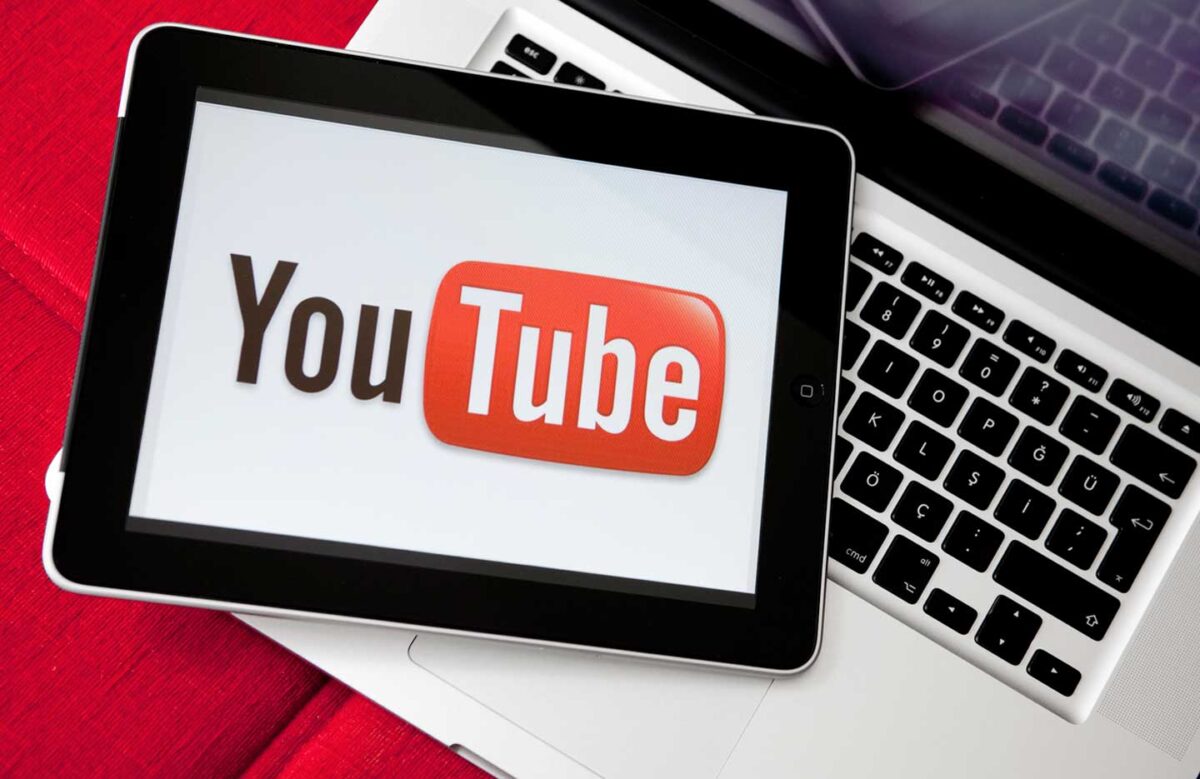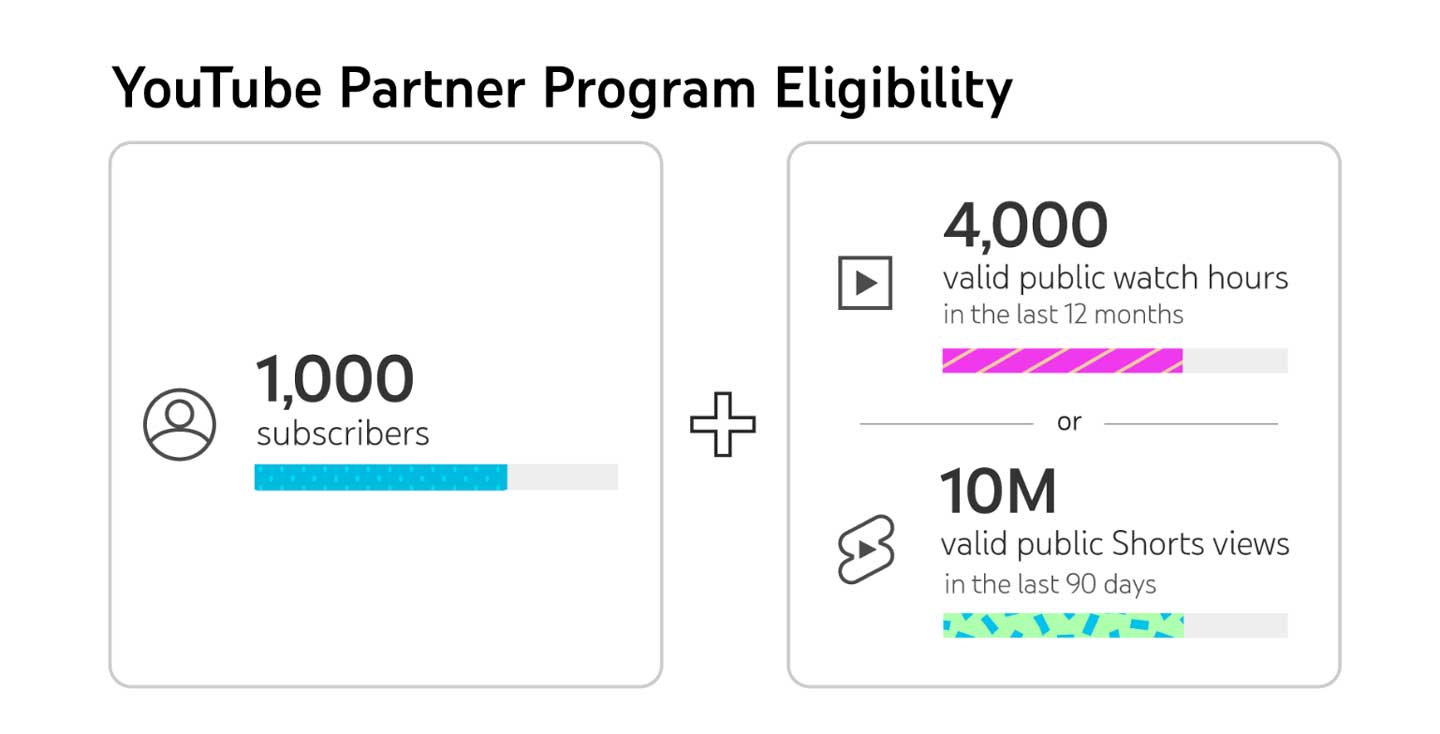How To Make Money On Youtube In 2024

As the creator economy continues to grow, YouTube remains a powerful platform where creators can share their passions and expertise—and earn money doing it. With over two billion logged-in users each month, the opportunities for monetization are vast, but turning views into cash requires a thoughtful strategy. From ads to affiliate marketing, here are the top ways to transform your YouTube channel into a business venture in 2024.
1. YouTube Partner Program (YPP)

The YouTube Partner Program is the primary avenue for earning ad revenue on the platform. Through YPP, creators can monetize videos with ads, memberships, and YouTube Premium views. To join, creators need:
- 1,000+ subscribers
- 4,000 public watch hours in the last 12 months or 10 million Shorts views within 90 days
- A linked AdSense account and adherence to YouTube’s monetization policies
Once approved, creators can earn revenue through a variety of ad formats—display, overlay, skippable, and non-skippable ads—each with different payout rates. Keep in mind that YouTube takes a 45% cut, so optimizing for higher engagement rates (clicks on ads, longer watch times) can boost earnings. However, ad revenue alone may not be enough; combining ads with other methods is often necessary to reach significant income levels.
2. Sponsored Content
Sponsored brand partnerships have become an essential revenue stream for YouTube creators. These collaborations allow creators to endorse products or services relevant to their audience. Sponsored content works best when the creator’s authentic style aligns with the brand’s message, ensuring a natural integration that resonates with viewers.
To connect with brands, creators can:
- Join influencer marketing platforms like Aspire, Hashtag Paid, and Popular Pays
- Approach brands directly with a media kit and proposal
Compensation varies based on audience size, engagement, and campaign requirements, but well-known creators can earn tens of thousands per partnership. Sponsored content offers a mutually beneficial relationship, giving brands exposure to engaged audiences and creators a significant revenue stream.
3. Affiliate Marketing with YouTube Shopping
Through YouTube Shopping, creators can tag products in videos, allowing viewers to view product details and make purchases without leaving the video. As part of the YouTube Shopping affiliate program, creators earn commissions when viewers make purchases through these tags. This feature streamlines shopping for viewers while generating affiliate revenue for creators.
To join the program, creators must:
- Be a member of YPP
- Have more than 10,000 subscribers
- Be based in the US or Korea
Creators can manage YouTube Shopping within YouTube Studio, tagging products, tracking commissions, and even requesting free product samples from sellers.
4. Fan Funding with Channel Memberships
Channel memberships offer fans the chance to support their favorite creators through monthly contributions, in exchange for perks such as badges, custom emojis, and exclusive content. This model works well for creators with loyal fan bases who post regular content. Channel memberships are similar to Patreon subscriptions, but they’re integrated within YouTube, making it easy for fans to contribute.
YouTube also offers Super Chat and Super Stickers during livestreams, where fans can pay for highlighted messages or animations in live chat, creating direct interaction between creators and their audience.
5. Promotional Links in Video Descriptions
The YouTube description box offers prime real estate for promotional links, allowing creators to funnel viewers to their websites, lead magnets, or online stores. This method is especially useful for creators who don’t want to rely solely on ads. Placing affiliate links, product pages, or special offers in descriptions provides a seamless way to drive traffic and potentially generate sales.
6. Selling Merchandise and Custom Products
Selling branded merchandise has become a lucrative revenue stream for creators with dedicated followings. Through YouTube Shopping or print-on-demand services like Printify and Teespring, creators can design and sell products like t-shirts, mugs, or digital downloads without holding inventory. For creators on Shopify, YouTube Shopping integration makes it easy to showcase products directly within videos, increasing visibility and driving sales.
7. Licensing Content to Media Companies
If a video goes viral, creators can monetize further by licensing it to media outlets. Platforms like Jukin Media connect creators with news agencies, morning shows, and digital platforms looking to purchase popular content. This option provides an opportunity to earn passive income while expanding the reach of content beyond YouTube.
8. Publish Product-Focused Promotional Videos
Product-focused videos can be an effective way to earn, especially in niches like beauty, tech, and lifestyle. These videos often feature brands compensating creators to review or demonstrate a product, or creators using affiliate links to earn commissions on recommended items. While these videos focus heavily on products, authentic reviews and relatable presentations keep audiences engaged without overwhelming them with promotions.
9. Crowdfund Creative Projects
Crowdfunding platforms like Patreon, Kickstarter, and Indiegogo allow creators to fund larger projects with audience support. Patreon is ideal for creators offering exclusive content or behind-the-scenes access on an ongoing basis, while Kickstarter and Indiegogo are great for funding one-time projects.
10. Offer Coaching and Digital Products
For creators with specialized expertise, offering coaching services or digital products—such as e-books, courses, and tutorials—can be highly profitable. Many YouTube creators transition from free content to premium resources, addressing specific challenges their audience faces. Selling digital products and coaching allows creators to monetize their knowledge and engage with their audience on a deeper level.
Quick Tips for Maximizing Revenue
- Understand Your Audience: Knowing your viewers’ demographics can help you tailor content, attract brands, and build meaningful partnerships.
- Optimize SEO: Use keywords strategically in titles, tags, and descriptions to improve video visibility.
- Leverage Social Media: Promote content on other platforms like Instagram, Facebook, and Twitter to drive more traffic to YouTube.
- Add Info Cards: Use info cards to link viewers to other videos, merchandise, or external sites, offering additional touchpoints for monetization.
Final Thoughts
With the right approach, YouTube can be more than a passion—it can become a profitable career. From ad revenue to sponsored content, fan funding, and beyond, the monetization methods available are as diverse as the creators themselves. Building a business on YouTube takes consistency, creativity, and a willingness to explore different income streams. But by tapping into the platform’s resources and understanding your audience, you can turn your YouTube channel into a sustainable source of income.